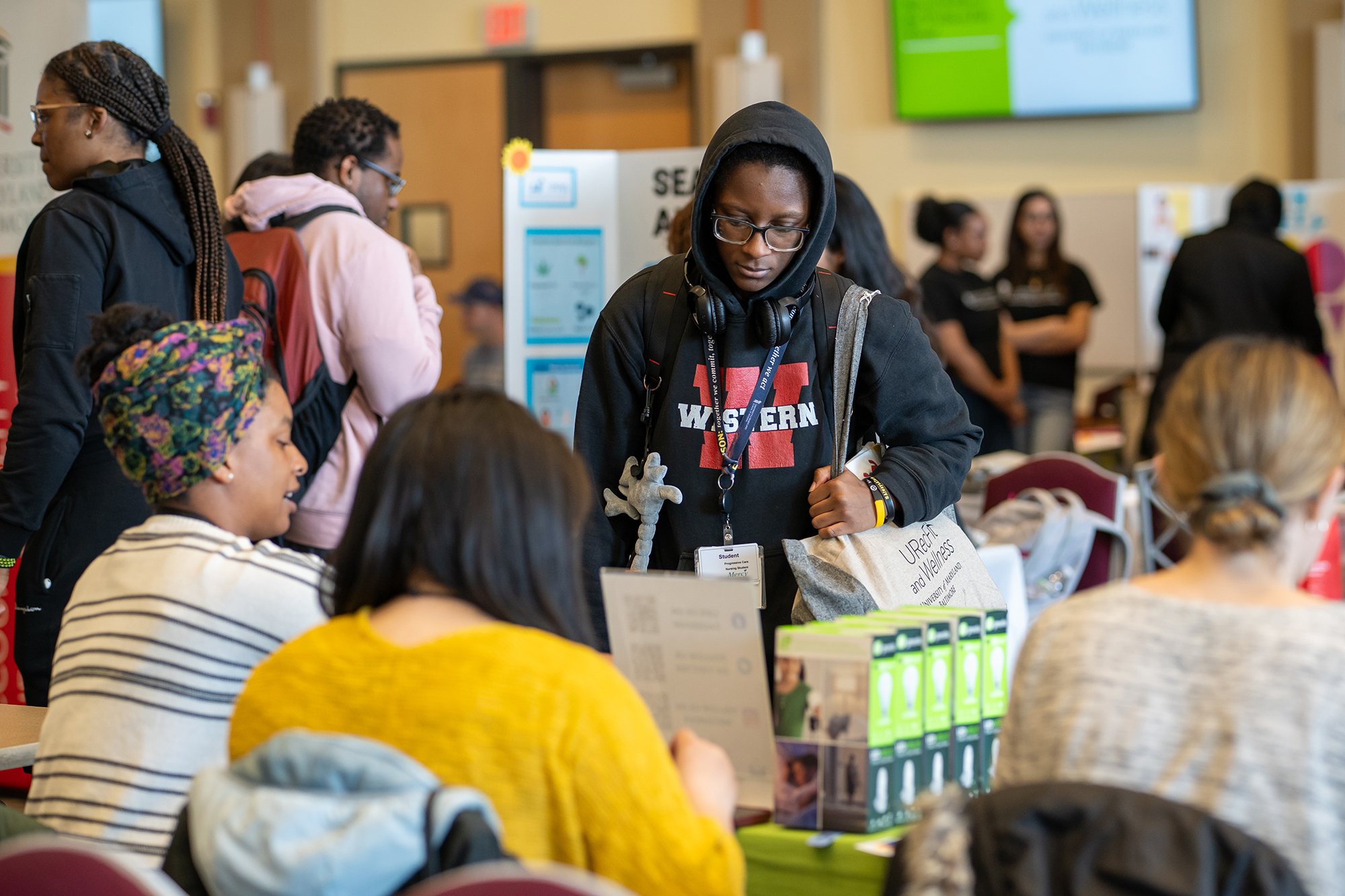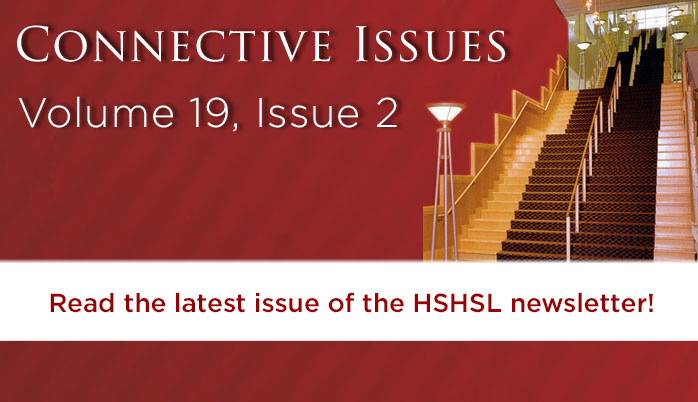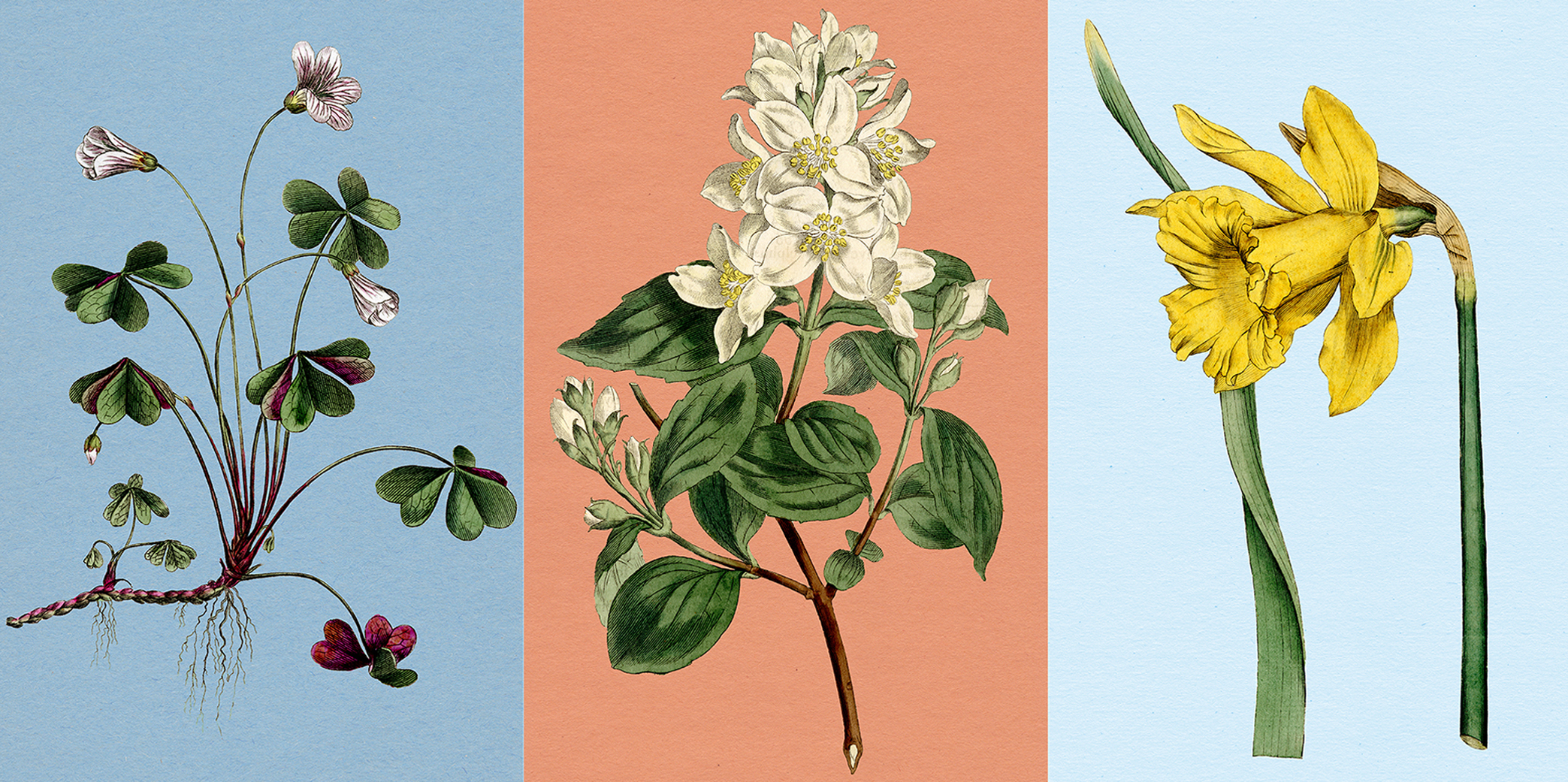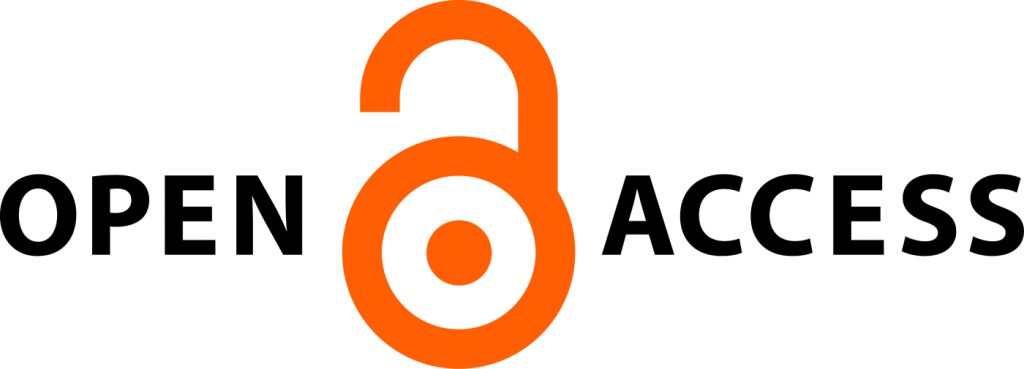
The Health Sciences and Human Services Library Historical Collections’ strives to provide broad access to our diverse collections both in person and digitally. Materials in our collections appear as they originally were published or created and may contain offensive or inappropriate language or images and may be offensive to users. The University of Maryland, Baltimore does not endorse the views expressed in these materials. Materials should be viewed in the context within they were created.
In the 1880s and early 1890s, there were no hospitals in Baltimore where professionally trained Black physicians could practice medicine and only a few hospitals where Black patients could receive medical care. To keep Black doctors out of Baltimore hospitals, many leading White doctors in Baltimore claimed there was no such thing as a qualified Black physician even though medical schools like Harvard in Boston and Rush in Chicago accepted Black students.
Yet, Baltimore was home to several Black doctors who were drawn to the city because of the large population of Black people and prestigious medical institutions. Those doctors include:
- Whitfield Winsey, M.D., Harvard Medical School, 1871
- William H. Thompson, M.D., Howard University, 1872
- Reverdy M. Hall, M.D., Howard University, 1872
- William T. Carr, M.D., Long Island Medical School, 1889
- Charles Henry Fowler, M.D., University of Michigan, 1889
- Marcus Cargill, M.D., Howard University, 1891
- William E. Harris, M.D., University of Pennsylvania, 1891
- James 0’Neil Creditt, M.D., Howard University, 1892
- Richard Johnson, M.D., Howard University, 1894
- John Wayne Prather, M.D., Howard University, 1897
- Thomas Killion, M.D., Rush Medical College, 1897
Drs. Whitfield Winsey (1882), Reverdy M. Hall (1884), and William H. Thompson (1887) were admitted into MedChi, the Maryland State Medical Society. After Dr. Winsey’s election to the organization four White members stepped down in protest and after Dr. Thompson’s election no additional Black doctors were elected until the 1950s.
In 1894 a group of these doctors including, Drs. J. Marcus Cargill, William E. Harris, Charles Henry Fowler, Richard Johnson, William T. Carr, and James O’Neil Creditt, used their own money to establish Provident Hospital, a 10-bed hospital located at a private residence at 419 Orchard Street. The 1897 Annual Report outlined the doctors’ institutional vision: “The hospital is intended to fulfill three purposes: to be an institution where people of color may be attended by physicians of their own race; secondly-the colored physicians may have an opportunity to develop themselves along the lines of specialty, thereby become proficient in them, and thirdly-that there may be a well organized training school for nurses where young ladies may obtain instruction pertaining to their calling.” By 1896 the hospital had outgrown its 10-bed building and moved to 413 W. Biddle Street, a 30-bed building.
The Biddle Street building had an adjoining nurses training school, which began in 1895. The Provident Hospital Nurses Training School was the eighth nursing school in Maryland and the first and only training program for Black nurses in the state. In 1950, the name changed to the Provident Hospital School of Nursing. A decade later Dr. Leonard F. Fuld established the Helene Fuld Health Foundation in honor of his mother, granting any student nurses full scholarships for attendance in the school. The name of the school changed to Helen Fuld School of Nursing of Provident Hospital a few years later. In 1974 the nursing school was transferred to Coppin State College, allowing students to earn a bachelor’s degree in nursing.
The location of the hospital was close to a residential area known as “Lung Block” in the 1890s because of the high incidence of tuberculosis—some homes reported five to six cases of the disease at one time. The area was overcrowded with homes close together and narrow streets causing higher rates of cholera infantum, diphtheria, and typhoid fever in addition to tuberculosis. Most of the population were first generation free Black families as well as former slaves and White immigrants from Europe. In 1890s Baltimore, Blacks faced a higher death rate at 30.15 per 1000 when compared to the White death rate of 20.98 per 1000. Unfortunately, the hospital, while well-placed to help these individuals, faced major financial issues as its patients were largely poor and it received little to no money from the city or state. However, the founding doctors kept the hospital’s doors open despite these financial insecurities.
By 1920, the only remaining founder, Dr. William T. Carr, became superintendent of Provident. The hospital was facing major financial and staffing issues as well as low patient numbers despite receiving money from the city of Baltimore. Dr. Carr and the hospitals board of trustees hired six newly minted doctors to help with the staffing issue; he also brought in Dr. Herbert Wilkerson, from the West Baltimore General Hospital to help train the new men. Behind the scenes the board of trustees was working with other prominent men to procure a new building for Provident at 1514 Division Street.
The men came up with a plan and funding allowing Provident Hospital to acquire the Division Street building. In December 1927, a total of $425,000 was raised and a new building opened on October 15, 1928, with 150 beds. Dr. Carr remained as superintendent of the hospital. As part of the agreement to get the building, a new medical and surgical board was instituted at Provident that included two representatives from the faculties of Johns Hopkins University and the University of Maryland as well as two graduate nurses. The physicians from the University of Maryland were Dr. Arthur M. Shipley, UM Class of 1902 and Professor of Surgery, and Dr. Maurice C. Pincoffs, Professor of Medicine. Dr. A.J. Lomas, superintendent of the University of Maryland Hospital, became a consultant superintendent for Provident Hospital guiding the training of the Provident Hospital’s business manager, bookkeeper, laboratory technician, dietitian, and other staff at University Hospital.
The new Provident Hospital medical board oversaw the work of the doctors and nurses in the hospital; there were no Black doctors on the medical board of Provident Hospital. A 1967 article suggested that the Black intern physicians were limited to taking blood and writing the histories of the patients, while the White medical board doctors practiced medicine. Essentially, a group of White doctors from institutions that did not allow Black doctors to attend courses or practice medicine were brought in to train and oversee Black physicians and nurses to keep medicine segregated in Baltimore. Black and White physicians were working together at Provident Hospital but it was to maintain the existing segregation status quo.
In February 1931, 16 Black physicians completed their training in the out-patient department and were named to the visiting staff of the hospital. Around the same time, the American Medical Association (AMA) granted Provident Hospital a general rotating program to train six interns. Additional approval was given for residences in pediatrics (a two-year program), general surgery (a three-year program), and anatomic pathology (a one-year program). With these programs, Provident Hospital became one of five Black hospitals to offer AMA approved specialization training in the country; this made Provident Hospital a crucial institution for Black physicians to gain experience and necessary training from across the country.
In 1935, Dr. Robert T. Miller, head of surgery at Provident Hospital, and Dr. Lomas convinced the administrative committee that the time had come to transfer oversight of the hospital back to Black physicians. Dr. Robert L. Jackson, the hospital’s first resident surgeon, was named chief of staff and six additional Black physicians were added to an executive committee turning management of the hospital back to Black physicians.
In 1951, the hospital expanded and renovated; it added 12 beds, a new elevator, a new fire-resistant stairway, a sprinkler system, and new laundry. However, by 1960 the Governor’s commission on Provident Hospital ruled that a new building was once again needed. In 1968 ground was broken for a new building at 2600 Liberty Heights. The new building was on a 22.5-acre plot and had 280 beds; it opened in 1970. In 1973, financial issues once again plagued the hospital and it was placed on receivership under George L. Russell, Sr. By 1976, the hospital appeared to be in better financial footing; however, due to desegregation, the need for an exclusively Black hospital was beginning to be questioned.
In 1985, Provident Hospital closed citing low occupancy and poor finances; it reopened as Liberty Medical Center in 1986 after a merger with Lutheran Hospital. Unfortunately, Liberty Medical Center continued to have financial problems. It joined the Bon Secours Health System network in 1996. The hospital closed permanently in 1999.
References:
Jackson, R.L. & Walden, E.C. (1967). A history of Provident Hospital, Baltimore, Maryland. Journal of the National Medical Association. 59(3), 157-165. Retrieved from https://pmc.ncbi.nlm.nih.gov/articles/PMC2611341/
May, I. C. (1931, Jul 19). Baltimore’s negro medical center: Provident Hospital provides training for colored internes and nurses. The Sun (1837-) Retrieved from https://www.proquest.com/historical-newspapers/baltimores-negro-medical-center/docview/543353560/se-2
Miller, J.M. (1997). The growth and metamorphosis of Provident Hospital and Free Dispensary into the Liberty Health System, Inc. Maryland Medical Journal. 46(4), 193-197. Retrieved from https://archive.org/details/8506985X13.nlm.nih.gov/page/n205/mode/2up
Sheppard, G.B. (1961). Early medical and health progress in Maryland. Maryland Medical History. 53(6), 627-632. Retrieved from https://pmc.ncbi.nlm.nih.gov/articles/PMC2642067/
Further Reading:
Fielding, M.F. (2018, February 12). Dr. Whitfield Winsey. The MedChi Archives Blog. https://medchiarchives.blogspot.com/2018/02/in-honor-of-Black-history-month-we-d.html
Greene, S.E. (1979). Black Republicans on the Baltimore City Council, 1890-1931. Maryland Historical Magazine. 74(3), 203-222. Retrieved from https://msa.maryland.gov/megafile/msa/speccol/sc5800/sc5881/000001/000000/000296/pdf/msa_sc_5881_1_296.pdf
Walden, E.C. (1971). Black physicians. Bulletin of the University of Maryland School of Medicine. 56(3), 16-18. Retrieved from https://archive.org/details/bulletinofuniver5656/page/n97/mode/2up
Wink, T. (2020, February 3). African American History at UMB. HSHSL Updates. https://www2.hshsl.umaryland.edu/hslupdates/?p=3915
For the University of Maryland, Baltimore’s Connection to Provident Hospital see:
School of Medicine 1980-81 Catalog.
Bulletins of the University of Maryland School of Medicine.











